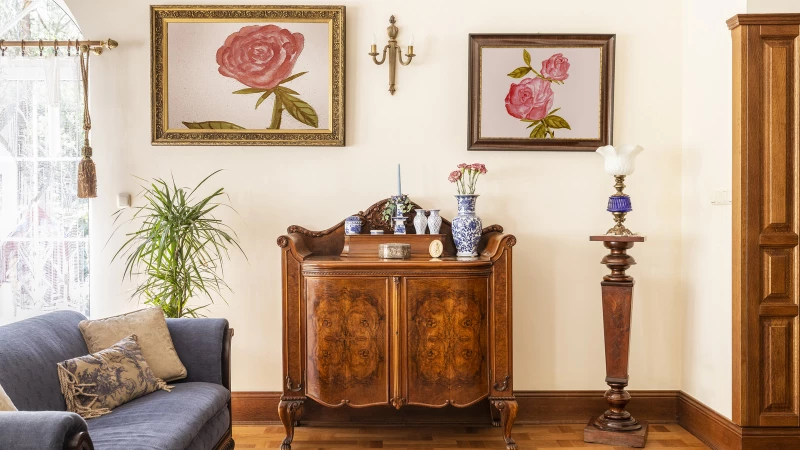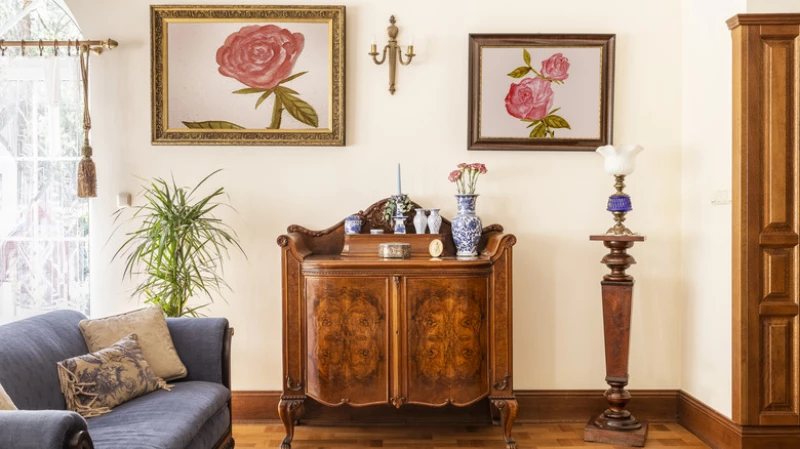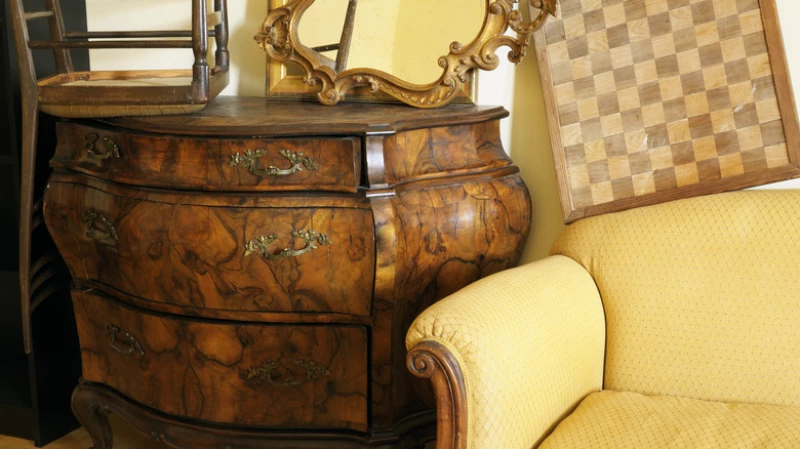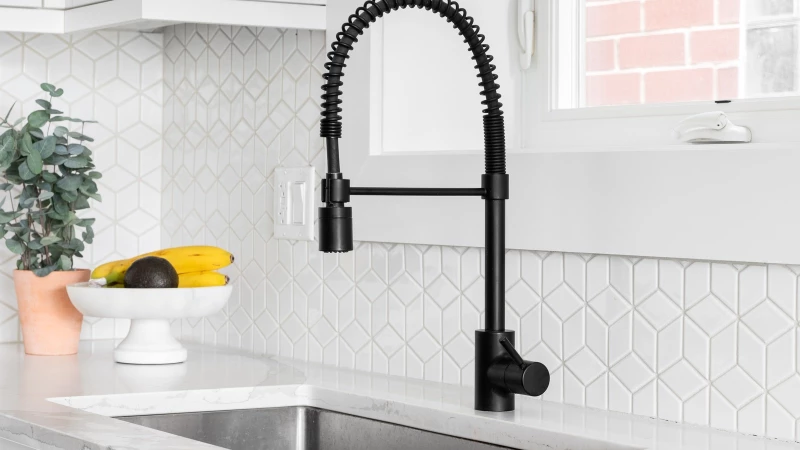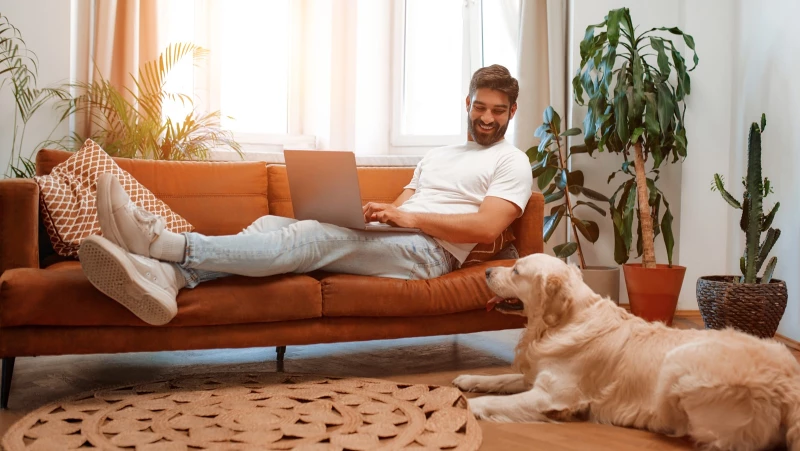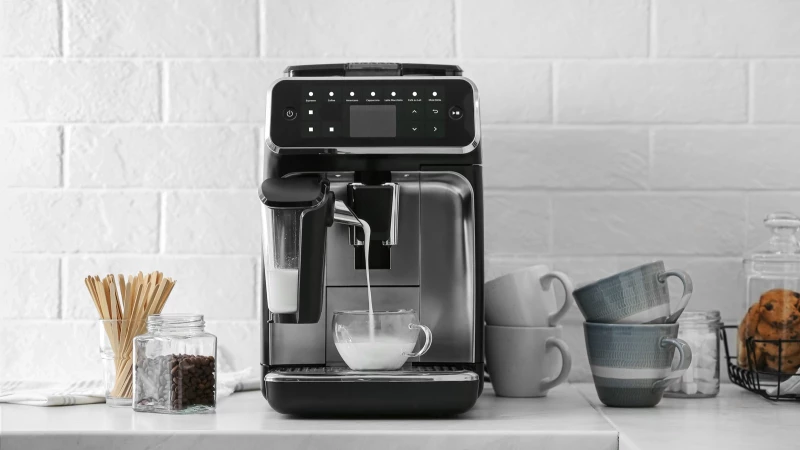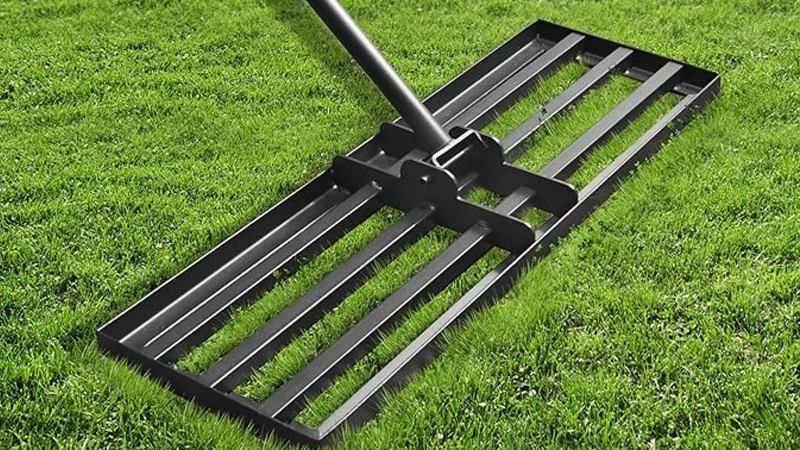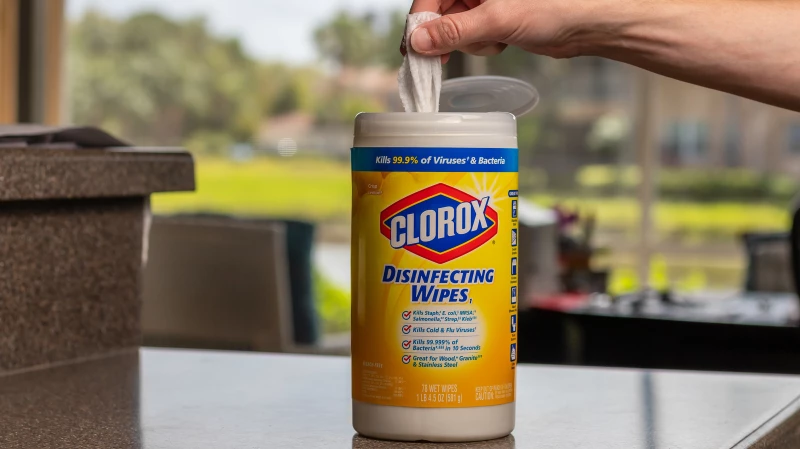In a world of mass-produced furniture and quick assembly pieces, vintage furniture stands out for its unique character and charm. From ornate wooden hutches to Victorian dining sets, these pieces can add personality and style to any room. Whether you're mixing vintage with modern or going for a full old-world look, the right vintage furniture can truly elevate your space.
However, shopping for vintage furniture can be overwhelming. How do you determine if a piece is worth investing in? What sets apart a valuable vintage find from just another old-looking item? The pricing of vintage furniture often operates differently from modern pieces, making it easy to overpay or end up with a fake.
To ensure you're getting the best deal, it's essential to consider a few key factors. The value of a vintage piece depends on its time period, authenticity, condition, and the materials used in its construction.
Dive into the specifics
If you're interested in one era or period, start researching specifics. For example, an item that falls under the Chippendale category will be different from something of the French Restoration period — both will have unique characteristics. Figure out what hallmarks are usually found on these pieces, if there are any special details or markings that prove authenticity, and what indicates a worthy piece of furniture from this time over one that doesn't hold much value. Particular types of wood and fabric are also tied to certain periods. Just remember that old doesn't always equate to expensive or high-value, though the condition of the piece will definitely affect its worth.
Having a grasp on the aforementioned features will set you up for success when it comes to finding pieces that fit your style and budget needs. You won't be left in the dark when it comes to negotiating and you'll feel more confident about finding the best deal.
Get an expert opinion
If you're eyeing a significant investment piece and lack expertise in vintage items, consider consulting with an expert to ensure you're getting the best value. Appraisers possess a wealth of knowledge, with some specializing in specific types of vintages or eras. They can guide you on what to look for and may have industry connections. Additionally, post-purchase, professionals can offer advice on cleaning and restoring your furniture without diminishing its value, especially if you plan to sell it in the future.
It's important to remember that while negotiating for vintages and seeking lower prices can be exciting, sellers also need to make a profit. Unlike big-box retailers, most sellers of vintage items are small businesses trying to make a living. This doesn't mean you can't negotiate at all, but keep in mind that while you may not receive steep discounts like those offered by larger brands, you can still secure a good deal.

